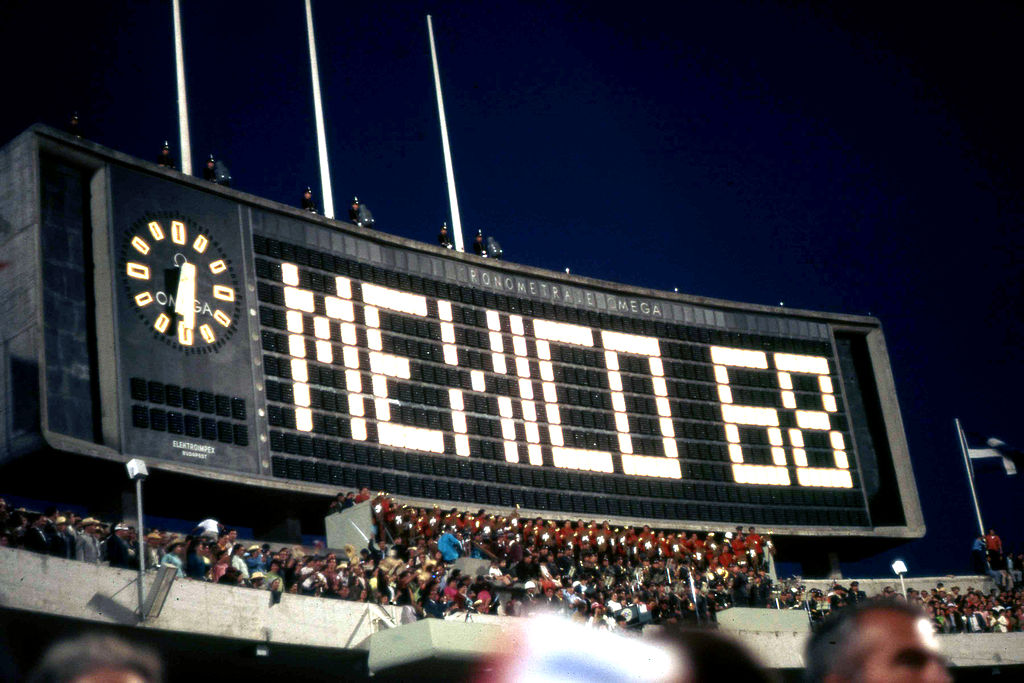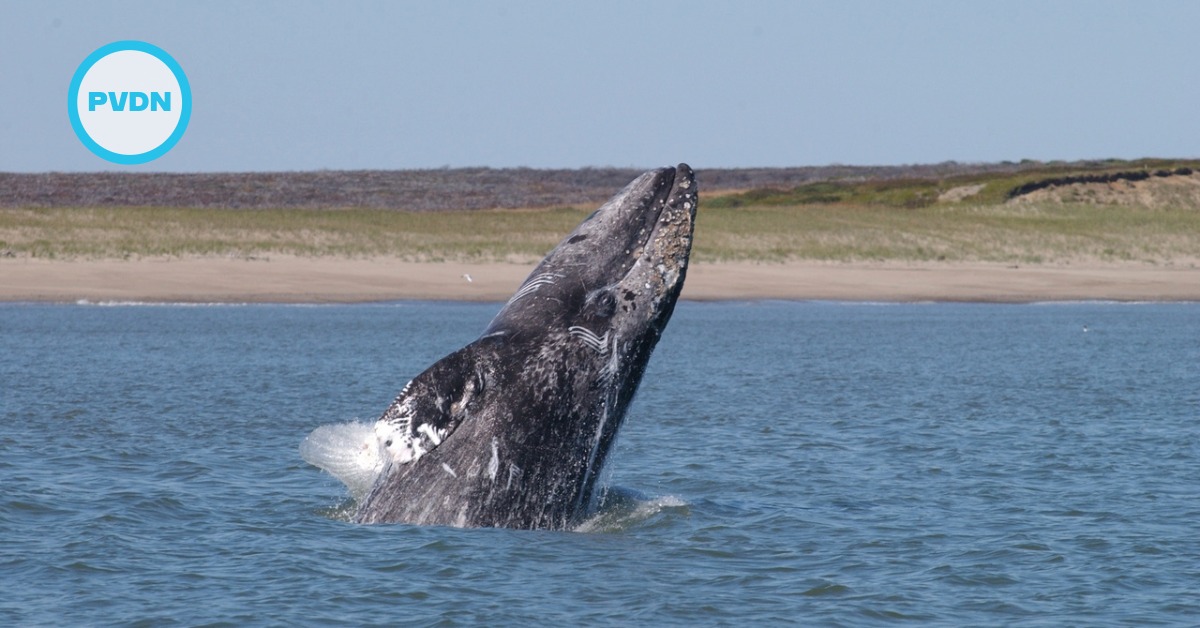Every Olympic Games is notable is one way or another, but the Mexico City 1968 Olympic Games was a pivotal point in athletics history.
After getting underway on 13 October, during the eight days of athletics in the Mexican capital records tumbled with an astonishing frequency but the Games – and in no sport more so than athletics – also caught the zeitgeist of the era with technical innovations and social changes, many of which have had a lasting impact 50 years later.
The tone was set at the opening ceremony for the Games, which had taken place a . . .






